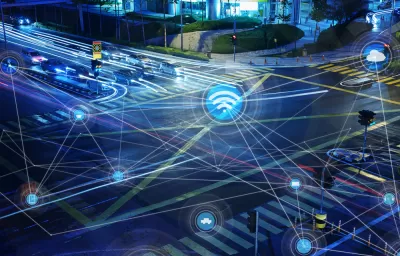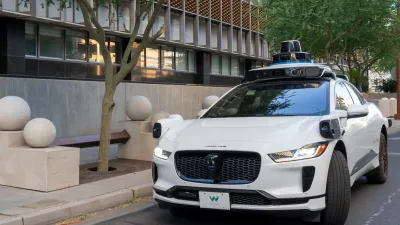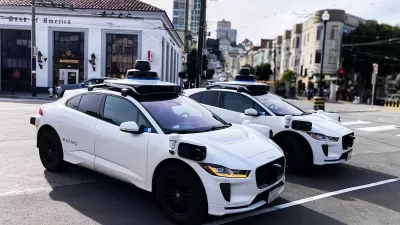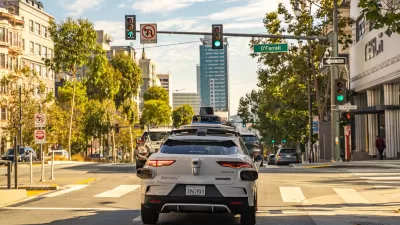As an act of resistance, artist James Bridle used salt to draw a set of lines on a road that would, in theory, hold an autonomous vehicle in place.

James Bridle's simple "trap" would do little to deter human drivers, but it could prove paralyzing to a computer designed to read markings on the road. The piece is meant to call attention to the very new considerations we'd face in a world of self-drivers.
Describing the trap, Beckett Mufson writes, "In the language of road markings, the dotted white lines on the outside say, 'Come On In,' but the solid white line on the inside says, 'Do Not Cross.' [...] If a self-driving car is designed to read the road, what happens when the language of the road is abused by those with nefarious intent?"
Bridle wants to question corporate narratives through his art, while at the same time avoiding a purely reactionary approach. Says Bridle, "I don't see why cab drivers of the future shouldn't be chalking white lines on side streets to derail self-driving Ubers which are putting them out of work, and I also think we need more eyes and hands on the tools which are shaping all of our futures."
FULL STORY: Meet the Artist Using Ritual Magic to Trap Self-Driving Cars

Study: Maui’s Plan to Convert Vacation Rentals to Long-Term Housing Could Cause Nearly $1 Billion Economic Loss
The plan would reduce visitor accommodation by 25% resulting in 1,900 jobs lost.

Alabama: Trump Terminates Settlements for Black Communities Harmed By Raw Sewage
Trump deemed the landmark civil rights agreement “illegal DEI and environmental justice policy.”

Why Should We Subsidize Public Transportation?
Many public transit agencies face financial stress due to rising costs, declining fare revenue, and declining subsidies. Transit advocates must provide a strong business case for increasing public transit funding.

Paris Bike Boom Leads to Steep Drop in Air Pollution
The French city’s air quality has improved dramatically in the past 20 years, coinciding with a growth in cycling.

Why Housing Costs More to Build in California Than in Texas
Hard costs like labor and materials combined with ‘soft’ costs such as permitting make building in the San Francisco Bay Area almost three times as costly as in Texas cities.

San Diego County Sees a Rise in Urban Coyotes
San Diego County experiences a rise in urban coyotes, as sightings become prevalent throughout its urban neighbourhoods and surrounding areas.
Urban Design for Planners 1: Software Tools
This six-course series explores essential urban design concepts using open source software and equips planners with the tools they need to participate fully in the urban design process.
Planning for Universal Design
Learn the tools for implementing Universal Design in planning regulations.
Smith Gee Studio
Alamo Area Metropolitan Planning Organization
City of Santa Clarita
Institute for Housing and Urban Development Studies (IHS)
City of Grandview
Harvard GSD Executive Education
Toledo-Lucas County Plan Commissions
Salt Lake City
NYU Wagner Graduate School of Public Service





























